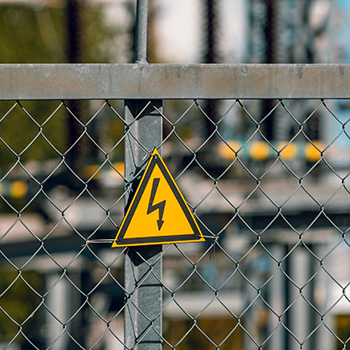How to Stay Safe on a Construction Site: Electrocution Hazards

Following the Fall Hazards Edition and the Struck-By Hazards Edition in our Fatal Four series, this week we will be covering Electrocution Hazards. Electrocutions happen when a source of electric current passes through the human body and cause an electric shock. Electrocution hazards can be present whether a construction worker works directly or indirectly with electricity.
In 2013, 8.9% of Fatal Four deaths came from electrocutions. In 2011, electrocution hazards were the second leading cause of death, behind fall hazards. Since then, the construction industry has seen more injuries with struck-by hazards.
Although the percentage of fatalities from electrocution hazards have decreased, it is still very important to know what the hazards are and how to protect yourself from them. Here are the major types of electrocution hazards:
- Contact with power lines
- Contact with energized sources
- Improper use of extension and flexible cords
What are potential electrocution hazards?
Copious amounts of electrical current that flows through at a construction site are deadly. Here are some examples of what you may find as a potential electrocution hazard.
- When metal comes into contact with power lines
- Faulty electrical outlets and old wiring that can lead to electrical fires
- Touching a damaged extension or flexible cords
- Water is a very strong conductor of electricity and wet conditions or wet skin are dangerous
What can you do to protect yourself?
Prevention is the key to most accidents. The more aware you are, the lesser the risk of danger. Follow these preventative measures to protect yourself from an electrocution:
- Be aware of overhead power lines and keep a safe distance
- Use ground-fault circuit interrupters (GFCI)
- Check tools and extension cords for cuts, abrasions, and damaged insulation.
- Do not use power tools and equipment in a way it was not designed for
- Follow procedures for lockout/tagout
- Receive proper training
To learn more about electrocution hazards, the “Fatal Four,” or OSHA regulations, please visit the OSHA Education Center‘s website. You can sign up for courses and receive a Hazard Recognition Training Wallet Card after you have completed the 10-hour or 30-hour training.
Categorized in: OSHA, Safety Tips, Workplace Safety
